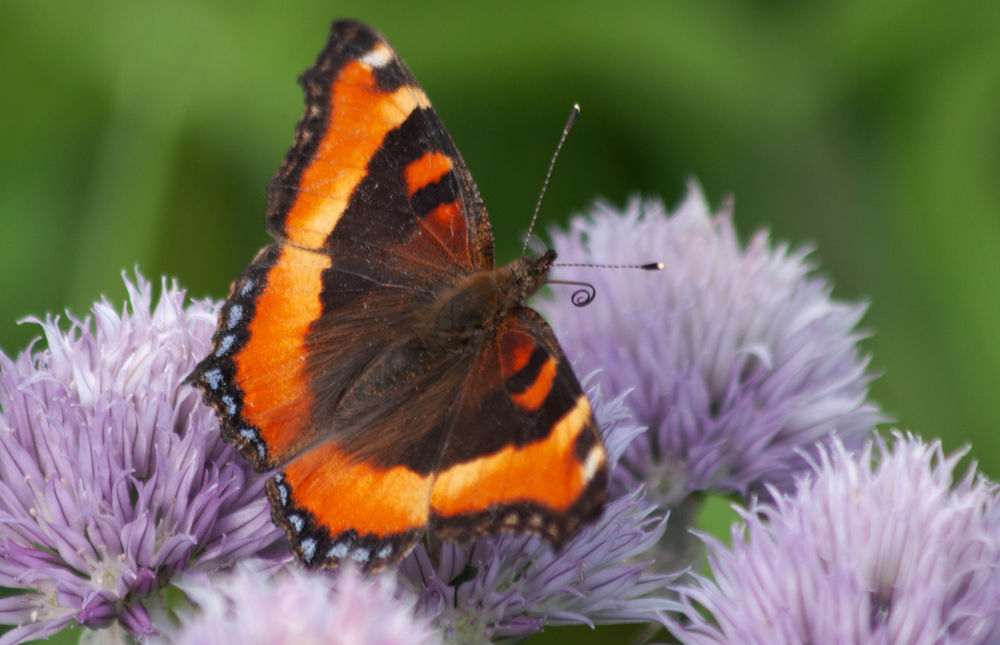top of page
Milbert’s Tortoiseshells are a swift flying butterfly that prefers woodland edges and along streams and roadsides.
This butterfly is on the wing from April to October, with possibly three overlapping generations.
A quick, active species, it flits rapidly about its territory regularly alighting on the ground or on a rock or tree with its wings spread flat.
It feeds mostly on sap, rotting fruit, and animal dung, but is also seen nectaring on flowers.
Also known as the Fire Rim Tortoiseshell
* There are four subspecies of Tortoiseshell butterflies.


Diet: adults feed on nectar, rotting fruit, tree sap etc.
Avg. Wingspan: 4.5 - 6.2 cm / 1.75 - 2.45 "
Kingdom: Animalia, Phylum: Arthropoda
Class: Insecta, Order: Lepidoptera
* Being Brush-footed butterflies, Tortoiseshells have a short pair of fore legs that are used to taste food, and two pairs of longer rear legs that are used for propulsion.
* * To differentiate between a Milbert's Tortoiseshell and a Small Tortoiseshell, look at the orange area on the doresal forewing just behind the leading edge. The Small Tortoiseshell will have two black dots. The Milbert's will not.
The single biggest threat to butterfly survival is habitat destruction!!
bottom of page










